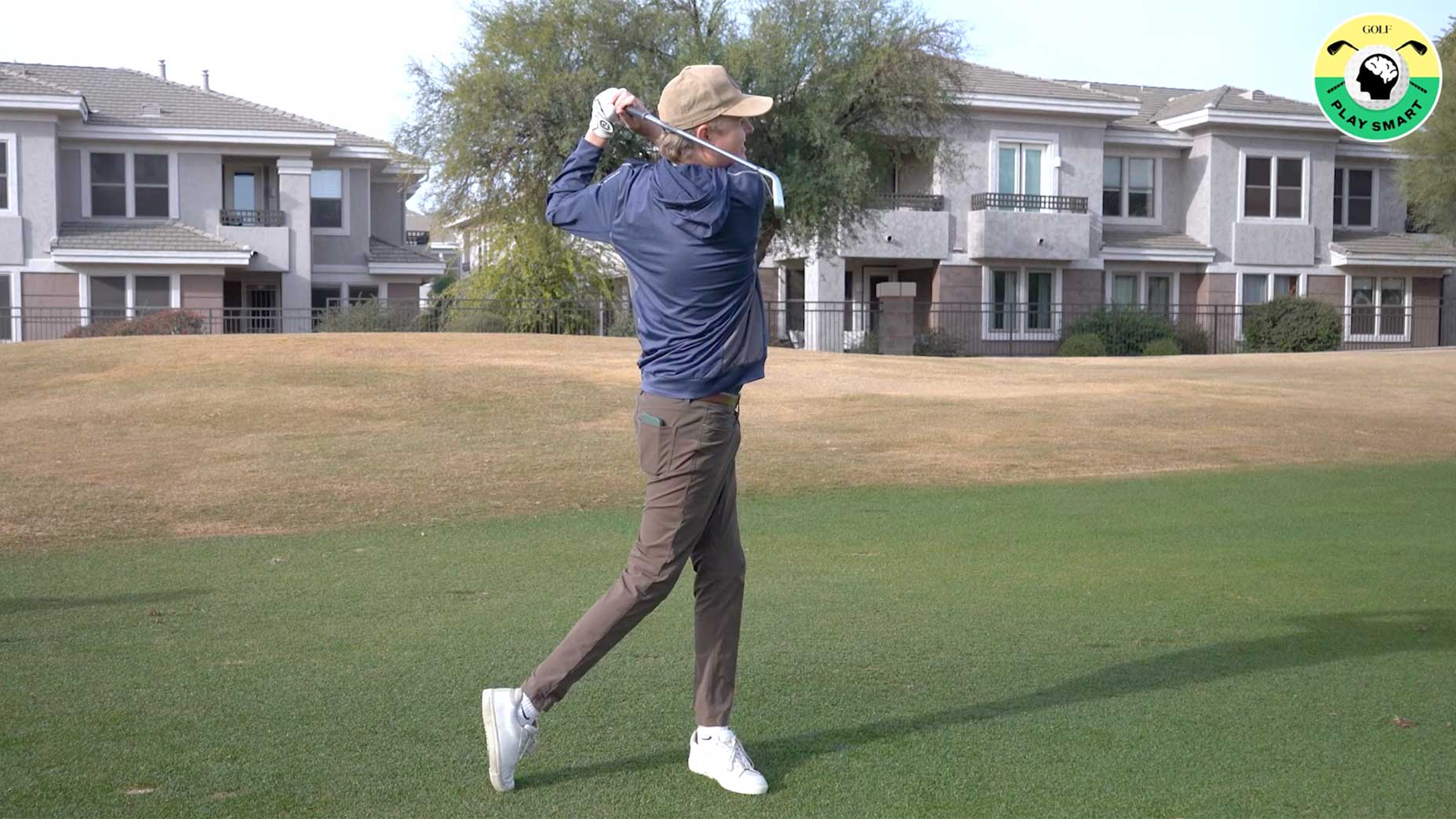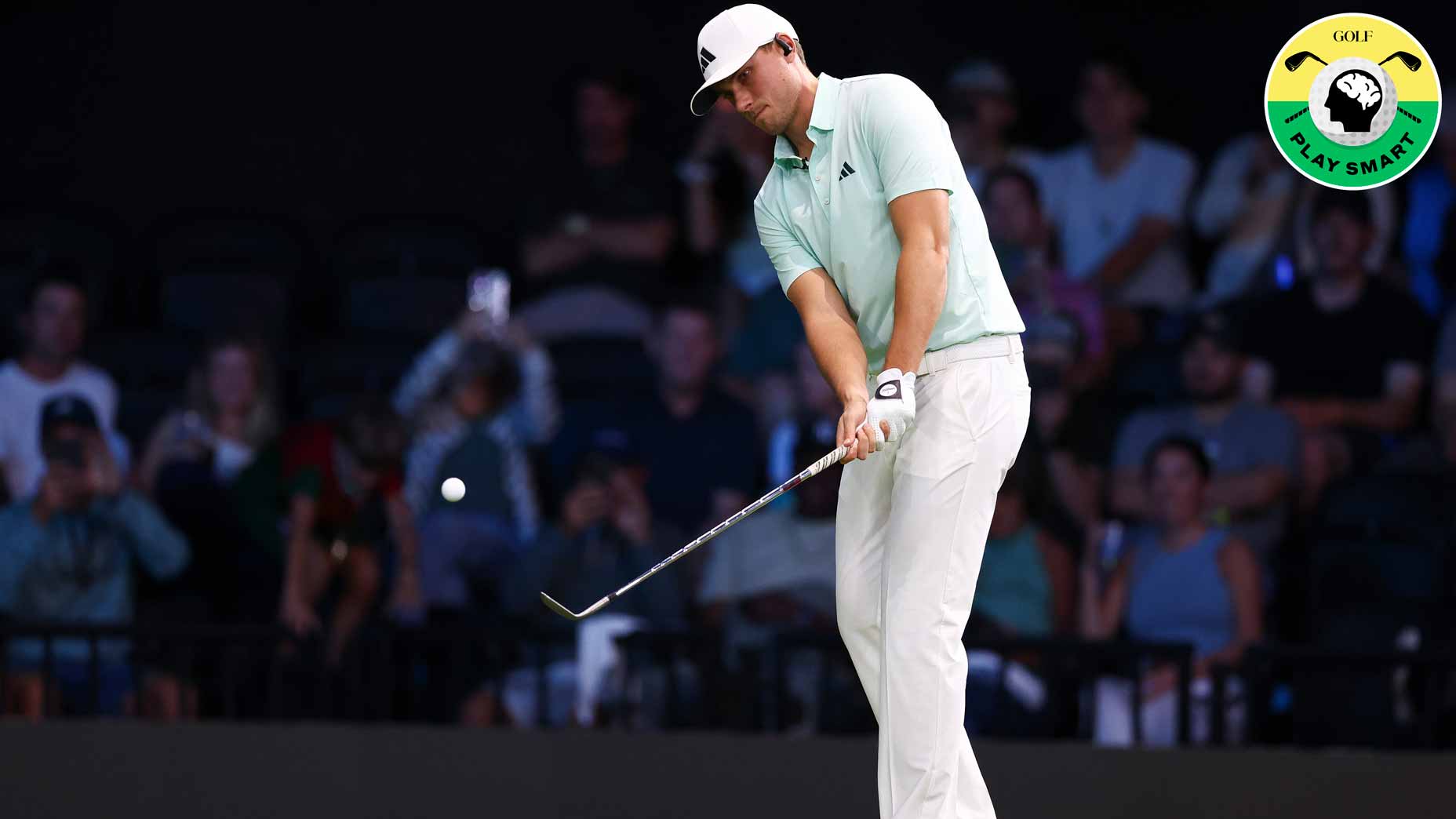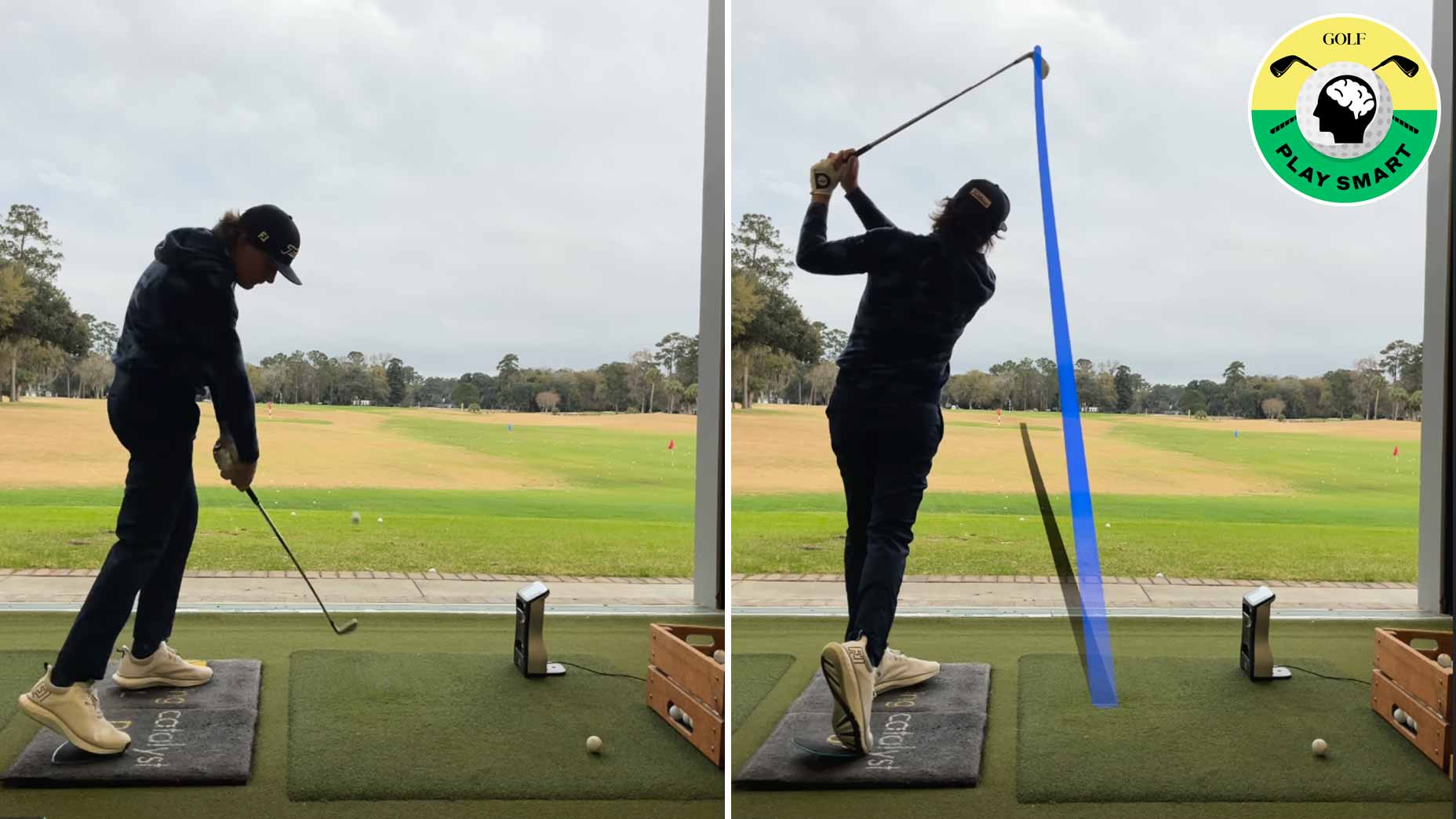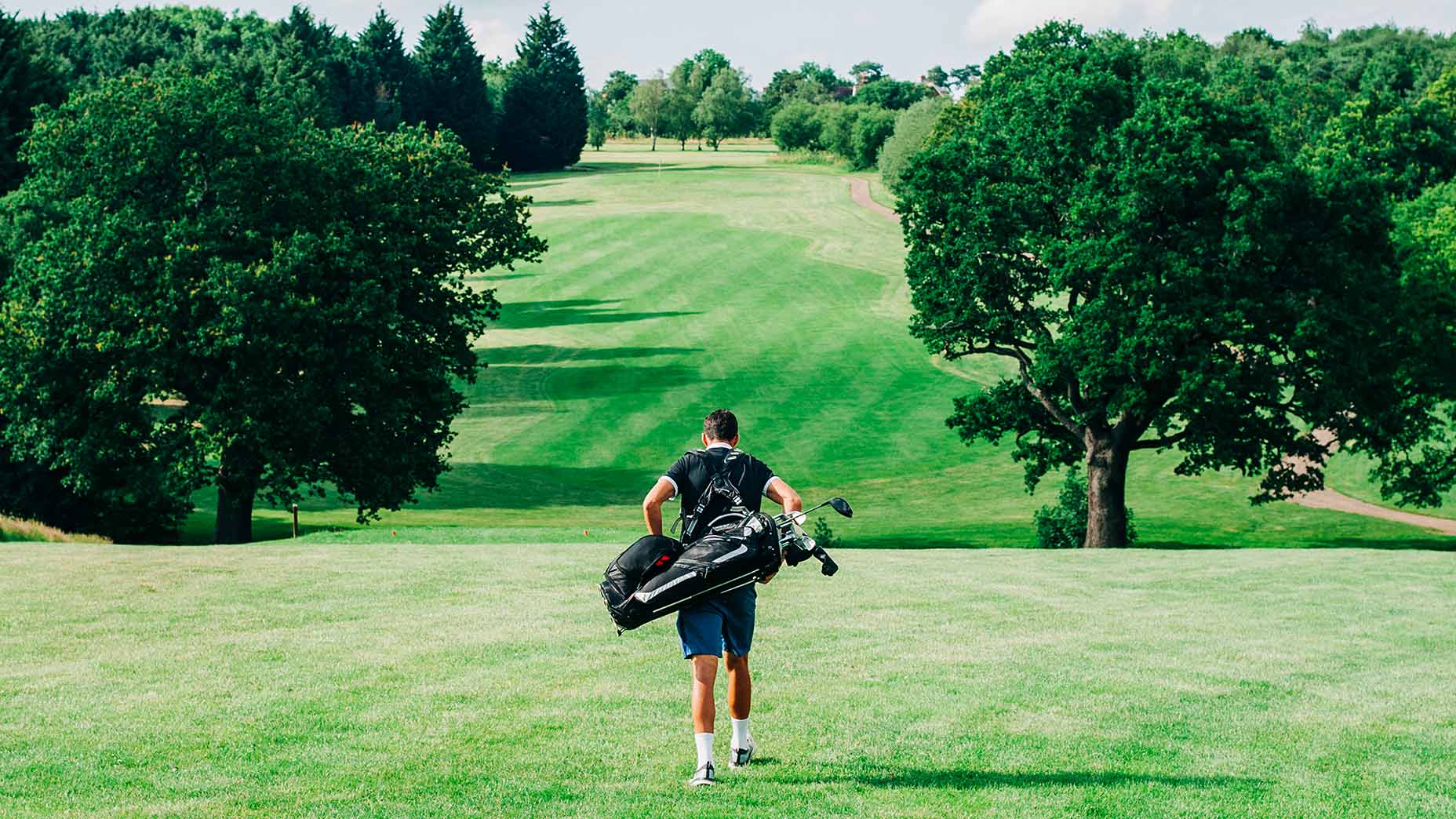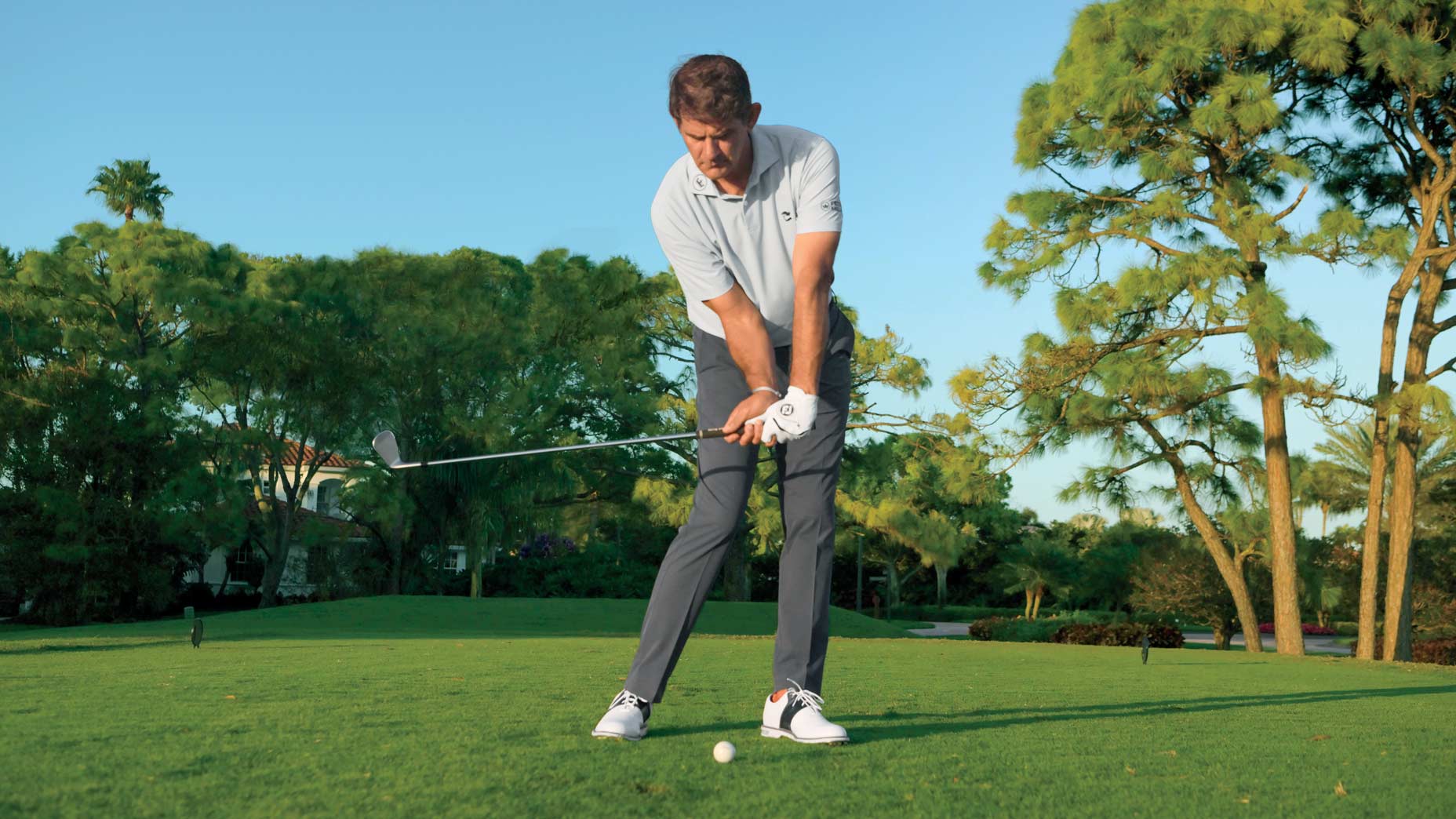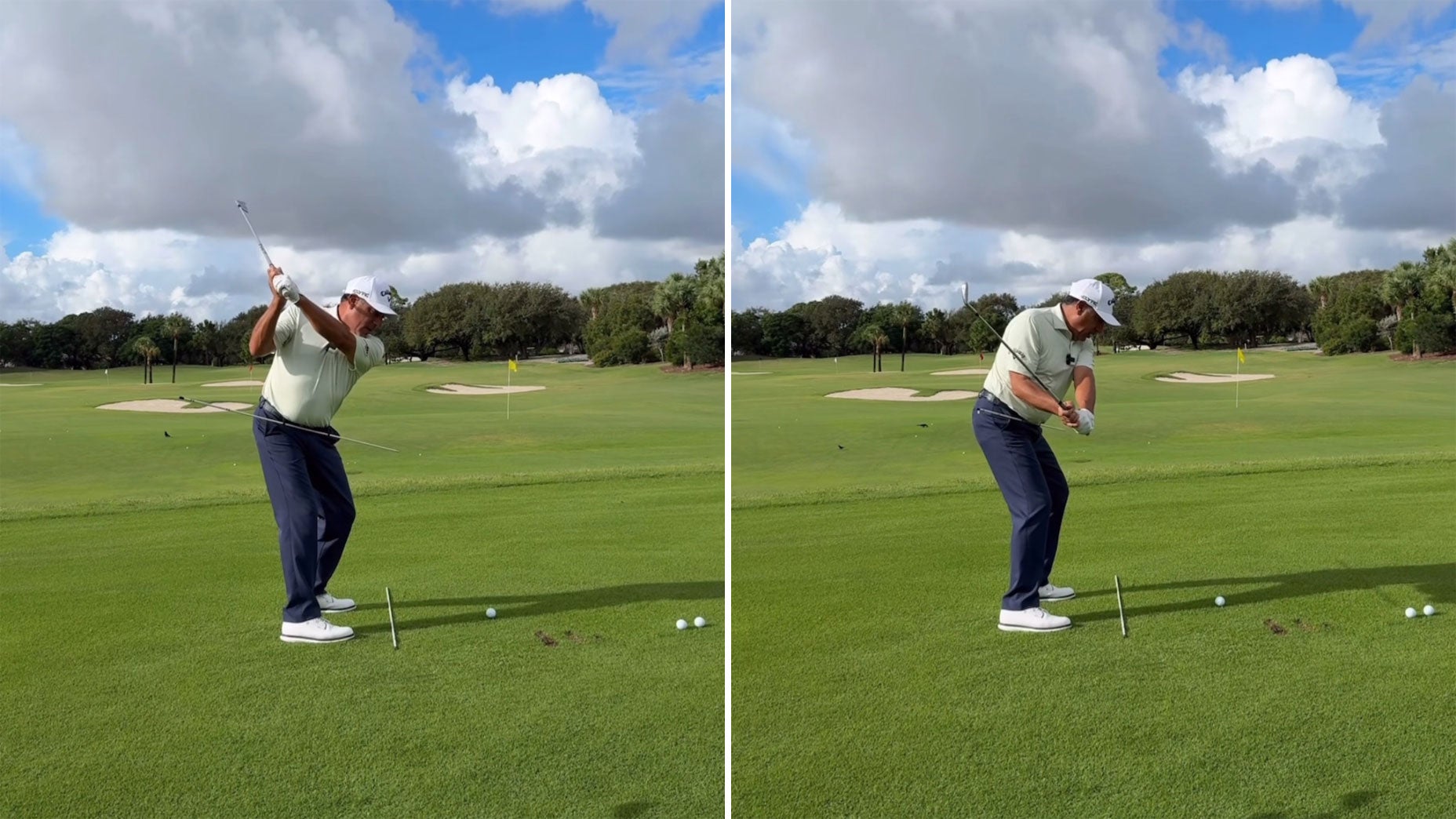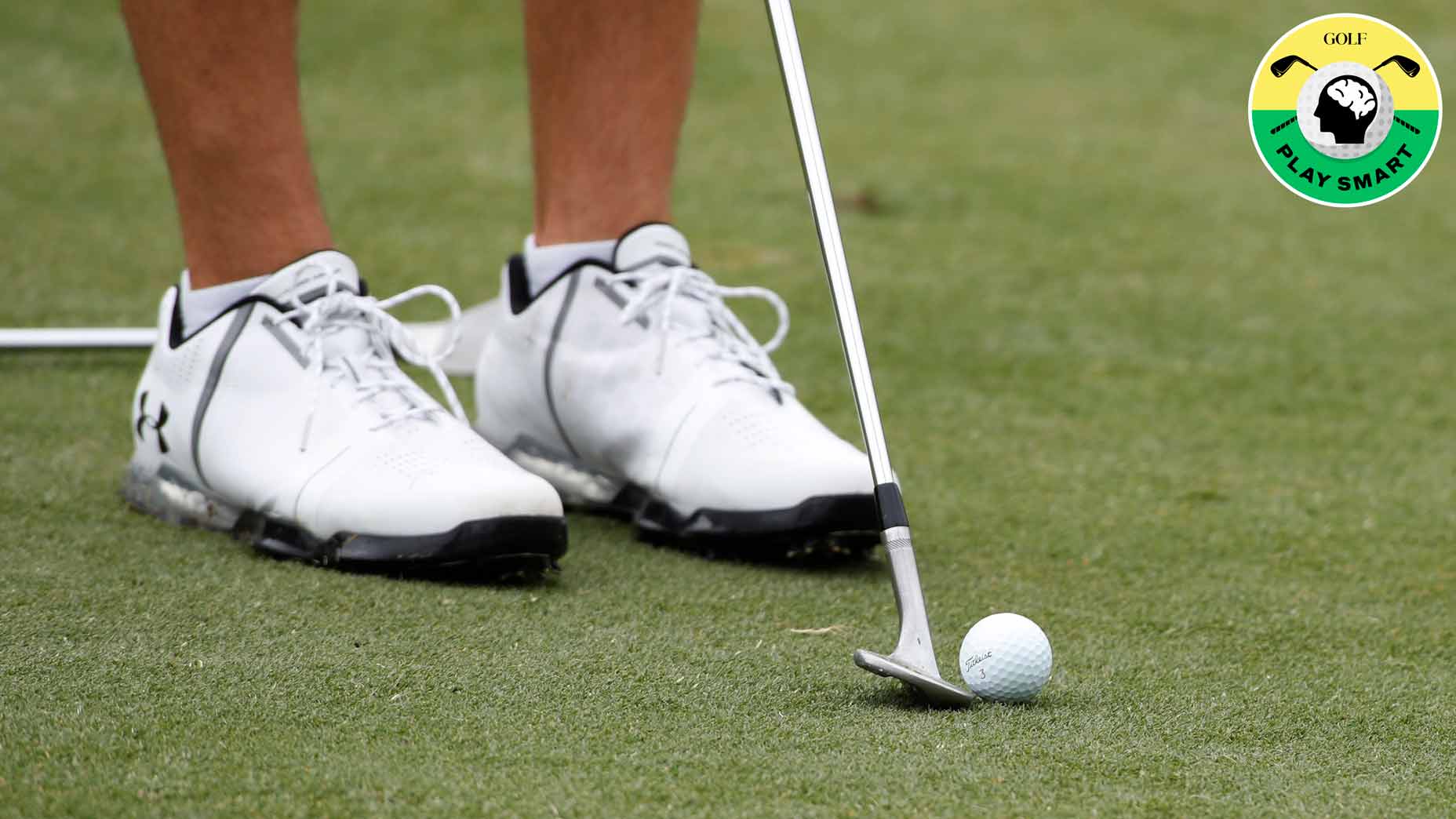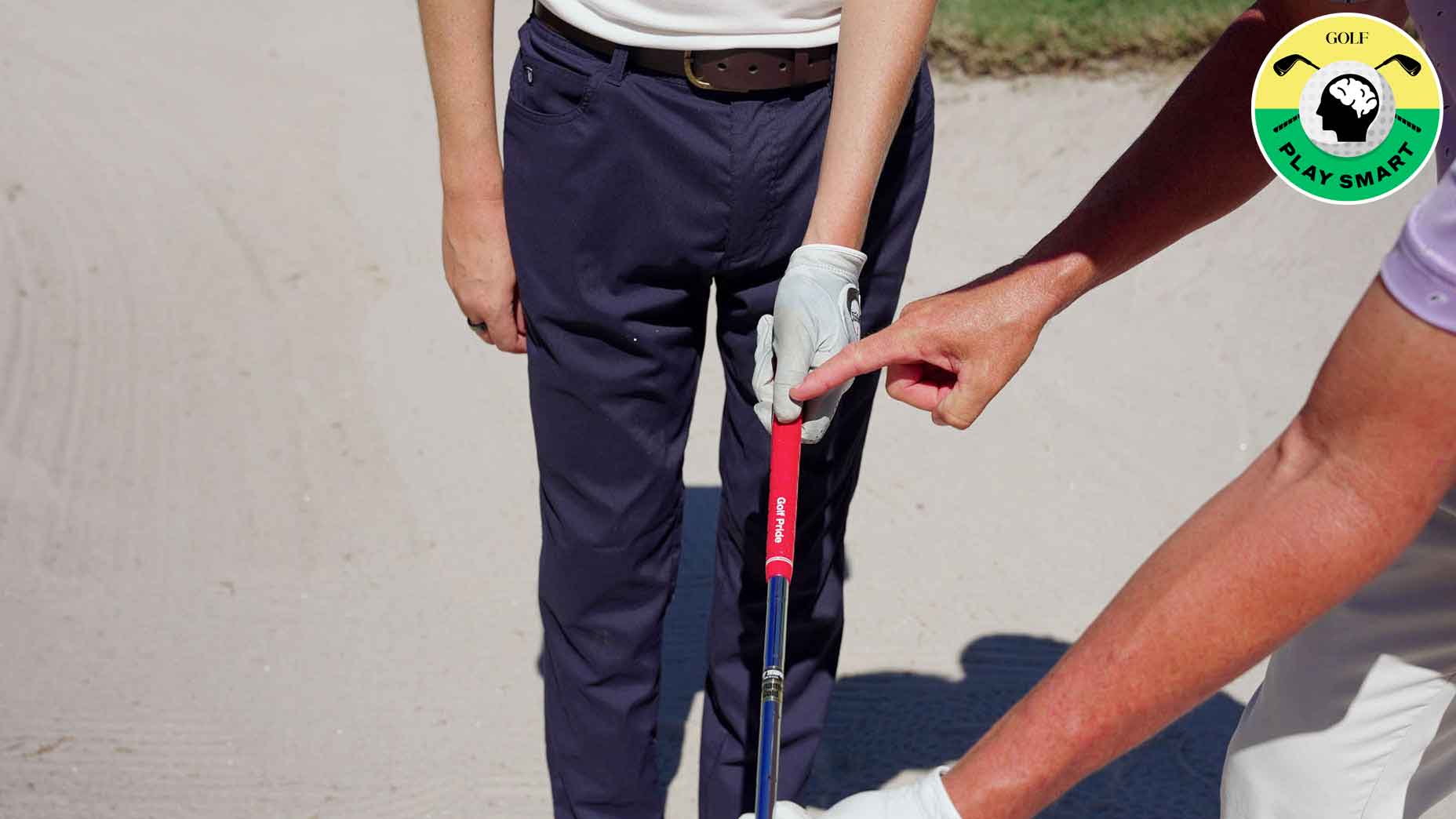Welcome to Play Smart, a regular GOLF.com game-improvement column that will help you play smarter, better golf.
Every shot matters when you’re playing golf. A tap-in putt counts the same as a 300-yard drive — it’s the beautiful (and maddening) thing about this game. You’ve got to give every shot the same respect and focus.
At the end of each round, you can probably look at your scorecard and point to several instances where you threw away shots. In hindsight, it’s easy to see how you could’ve done things differently. The trick to becoming a great golfer is implementing those stroke-saving strategies before you actually hit the shot.
One of the easiest ways to save a few strokes per round is by adjusting your strategy on your approach shots. And in today’s edition of Play Smart, instructor Kelan McDonagh shows us how.
Play smarter approach shots
When most golfers hit the fairway and have a good look at the green, they have one thing on their mind: make birdie. And while it’s great to aim for making birdies, the most important thing to do is make sure you’re taking big numbers out of play.
One of the easiest ways to eliminate the big number is by knowing all the important numbers for your approach shots. This means not only knowing the number to the flag, but also knowing the carry number to get over trouble, and the number to the back of the green.
In the video above, I’ve got 150 yards to the flag — but there’s a bunker right in front of the green. So, after getting the number to the flag, it’s important to also get the carry number of the bunker. Then, when selecting a club, I’ll need to choose one that will always carry the sand — even in the event of a mishit.
“We know it’s 150 to the pin, 139 to carry the trap,” McDonagh says. “So we’re going to hit something that we know travels 145 or so.”
Hitting the club that takes the trouble out of play is just the first step, though. It’s also important to choose a target that eliminate trouble. That means not attacking flags that are tucked to one side of the green or the other. Instead, aim to the fattest part of the green to give yourself the best chance of having a putt after your approach shot.
“You hit it up there and give yourself a chance at a [birdie],” McDonagh says. “At worst it’s a two-putt and you’re off to the next hole.”
By making these smart calculations before your shots, you’ll eliminate big numbers and save yourself several shots per round. It’s as simple as that.
